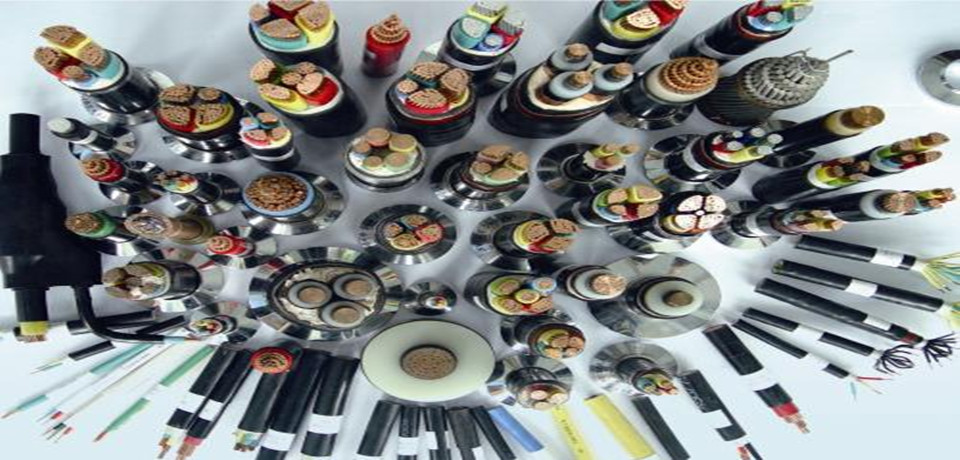
The cable is a single unit of two devices that carry electrical signals by gluing, twisting, or braiding two or more wires together. Cables are versatile and much useful.Power cables are typically composed of a cable core that carries power or electrical signals and a jacket that serves as a protective and insulating barrier.
The xlpe power cables, AAAC, ACSR, control cable and Aerial bundled Cables are the commonly used cables in infrastructure. There are lots of cable types in daily life, The following are our recommendations to distinguish :
Firstly, the conductor DC resistance exceeded. Wire and cable copper wire should use high-purity electrolytic copper, such materials pull out the wire uniform and shiny. Some manufacturers use recycled copper for profit or cut corners to reduce the wire area, which leads to serious over-standard conductor resistance of the wire. The current carrying capacity of the wire is greatly reduced. Overheating of the conductor during use affects the service life of the wire and poses a potential safety hazard.

Secondly, the mechanical properties of insulation and sheathing materials (tensile strength, elongation at break) indicators failed. Part of the wire and cable insulation and sheathing material using recycled plastic, its tensile strength and elongation at break can not meet the requirements. This cable is easily broken during the stress, resulting in exposed bare conductor, resulting in short circuit and leakage discharge.
Thirdly, high-voltage power cables insulation extension of the project failed. Individual products, thermal insulation extension appeared a fuse phenomenon, in the case of high temperature can easily lead to short-circuit accident.
The quality of wire and cable from the intuitive judgment, is not an easy task. Because of certain characteristics of the cable, not all can be seen from the cable. In general, from the intuitive judgment of the quality of high temperature special wire and cable, should start from the following aspects.
(1) The surface should be round and smooth, continuous and uniform coating.
(2) The conductor surface should not have triangular mouth, burr, crack, kink, fold, inclusion, scar, pit, mechanical damage, corrosion spots and other defects.
(3) uniform color, bright, there should be no traces of excessive oxidation.
(4) conductor cross-sectional size is sufficient, not deficit.
(1) the surface is smooth and round, uniform luster, there should be no visible pimples, bubbles, scorch and so on.
(2) Insulation (jacket) Thickness, not partial core.
(3) no mechanical damage and flattening phenomenon.
(4) There should be no adhesion between layers of materials.
(1) The metal shield should be continuous, overlapping, tightly wrapped, no sharp corners, curling, leakage and so on.
(2) cable into the appropriate pitch, and uniform.
(3) filled full, round cable.
(4) should be wrapped around the package, there should be no curling, missing and so on.
(5) Cable shape should be round, no flattening, serpentine bending and so on.
(6) there should be no traces of moisture inside the cable.